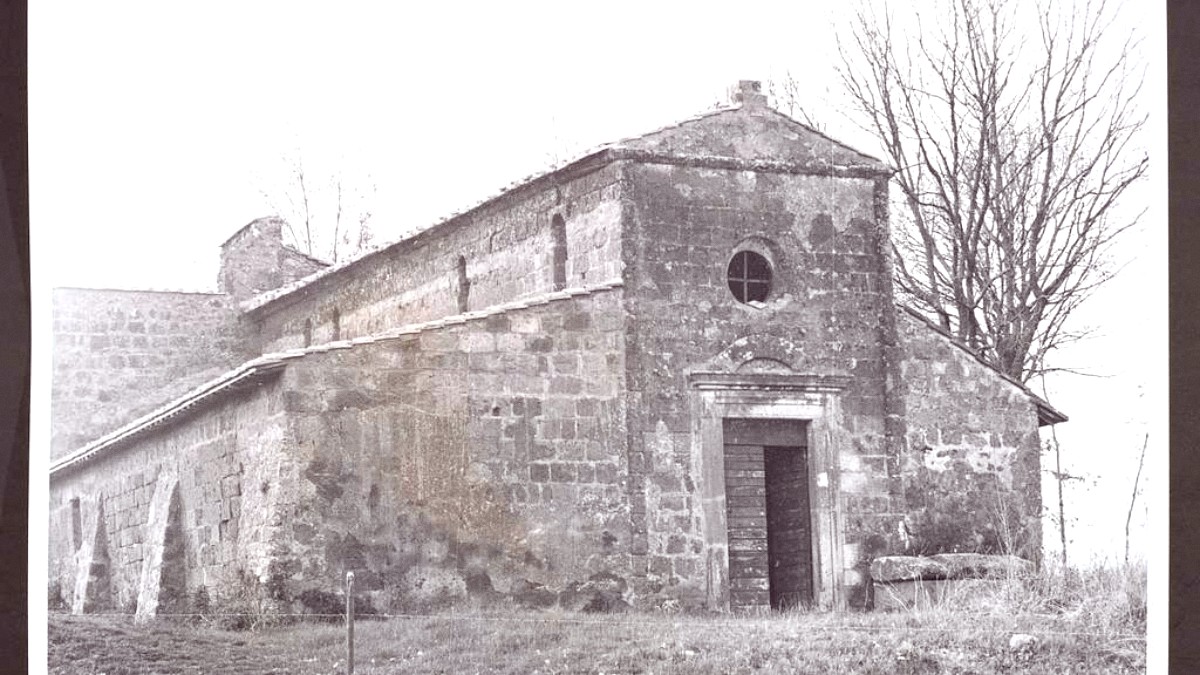
Lazio, Italy
Viterbo's culinary identity is deeply rooted in peasant traditions and a strong connection to its rural surroundings. Dishes feature local, seasonal ingredients from the fertile countryside, Monti Cimini, and volcanic lakes.
This historical background, marked by agriculture, means dishes are simple in preparation yet rich in flavor and nourishment. The approach prioritizes freshness and the inherent taste of ingredients.
Lamb (abbacchio) and wild boar feature in traditional dishes, reflecting pastoral and forest heritage. Expect rich ragus and stews.
Seasonal vegetables like artichokes, chicory, wild asparagus, and porcini mushrooms form the backbone. Lentils, chickpeas, and beans often appear in hearty soups.
Pecorino Romano, fresh ricotta, and local goat cheeses are common. High-quality local olive oil is fundamental. Spelt (farro) and chestnuts are seasonal highlights.
A traditional peasant soup meaning "cooked water." It features stale bread, mixed vegetables (onions, tomatoes, wild chicory), wild herbs, and often a poached egg. Find it in traditional trattorias.
A comforting and surprisingly rich dish reflecting Viterbo's history.
A savory, fatty, moist boneless pork roast, seasoned with garlic and rosemary. Roasted slowly for crispy skin and tender meat. Find it in forni (bakeries) or street food stalls, often in a sandwich.
A true Italian delicacy, exceptionally prepared in Viterbo.
A robust sheep's milk cheese, often aged, with a strong, savory flavor. Pairs well with local honey or cured meats. Local mushrooms, especially porcini, are also a seasonal delight in pasta or as a side.
Reflects the region's strong dairy and forest traditions.
A famous dry white wine from nearby Montefiascone, known for its legend and quality. Lazio also produces full-bodied red wines.
Limoncello, a sweet, lemon-flavored liqueur, or Grappa, a strong grape brandy, are typically served chilled after a meal as a digestivo.
Viterbo has a limited number of true fine dining ristoranti. Some upscale establishments serve refined regional cuisine, showing traditional dishes with a contemporary touch.
These are the most common and highly recommended dining options. They deliver traditional, hearty, and often family-run dining experiences at reasonable prices.
Abundant pizzerias, often with wood-fired ovens. Bakeries (forni) sell fresh bread, pizza by the slice, and savory snacks. Bars/Cafes offer quick, affordable meals.
A daily market where you can find fresh produce, meats, cheeses, and other local specialties.
Excellent for buying ingredients or simply observing local life.
Outdoor markets for general goods and some food items are held on specific days (e.g., Wednesday and Saturday near Porta Fiorentina).
Offers a bustling local experience and varied products.
Some Chinese restaurants available.
Japanese dining options can be found.
Kebab restaurants cater to varied tastes.
Typically found outside the historic center.
Awareness of gluten-free ("senza glutine") needs is growing. Some pizzerias offer gluten-free crusts. Major supermarkets stock gluten-free products.
Look for restaurants displaying AIC (Associazione Italiana Celiachia) certification for reliable gluten-free preparation.
For other allergies, carrying a Translation card clearly explaining your specific needs is best. Communicate clearly and patiently with restaurant staff.
In smaller, traditional establishments, options might be limited.
When ordering coffee, remember that "latte" means milk. Ask for a "caffè latte" if you want a milk coffee, or just "caffè" for an espresso.
Enjoy the local "aperitivo" culture in the early evening (usually 6:00 PM-8:00 PM), where a drink often comes with complimentary snacks like olives, nuts, or small bites.
Some local operators or agriturismi in the Viterbese province offer cooking classes. These often focus on regional Lazio dishes, pasta making, or specific local products.
Many agriturismi welcome visitors for tours and tastings of their olive oil, wine, or cheese. This offers a direct connection to local products and traditional farming methods.
While food tours specifically within Viterbo are less common than in larger cities, they can be arranged through local guides for a personalized culinary exploration.
Use online maps and local recommendations to locate traditional trattorias, bakeries, and markets in areas you plan to visit.
Focus on places advertising "Cucina Tipica Viterbese" for authentic experiences.
While credit cards are widely accepted, smaller family-run eateries or street vendors may prefer cash. It's a good idea to carry some euros.
This avoids potential inconvenience and supports small businesses directly.
The region is famous for its extra virgin olive oil. Seek out opportunities for tastings at local mills or agriturismi.
Visit local vineyards, especially those around Montefiascone, for a taste of "Est! Est!! Est!!!" and other regional wines.
Experience the daily markets, where you can find the freshest seasonal fruits, vegetables, and local delicacies.
A guided food tour can unveil hidden culinary gems and local stories often missed by independent explorers.